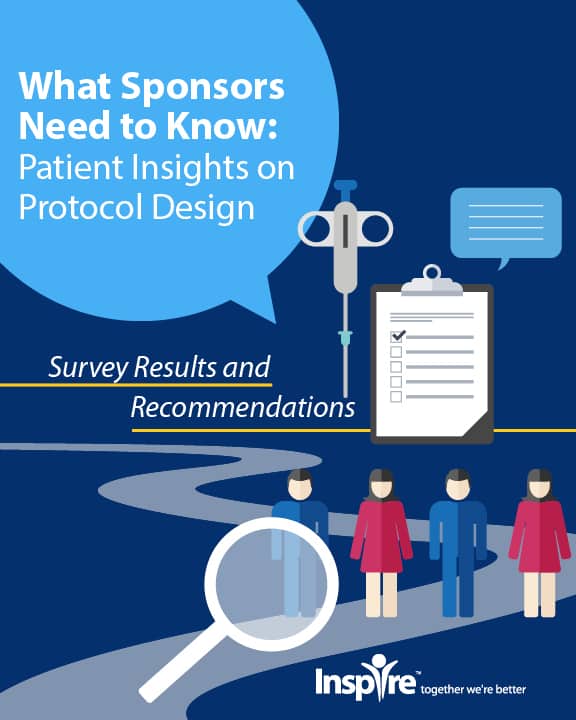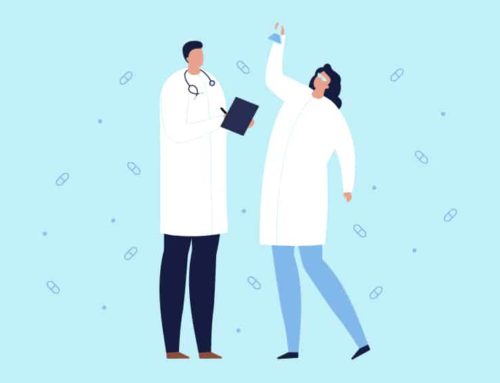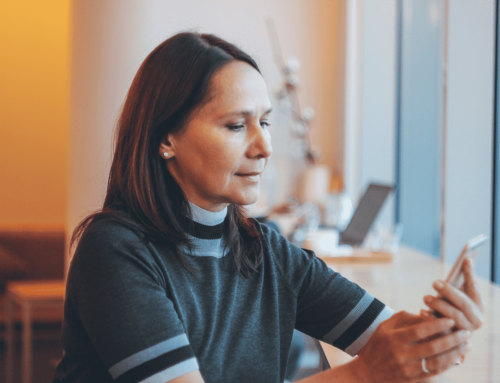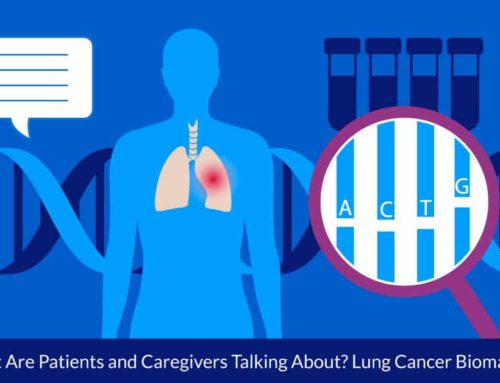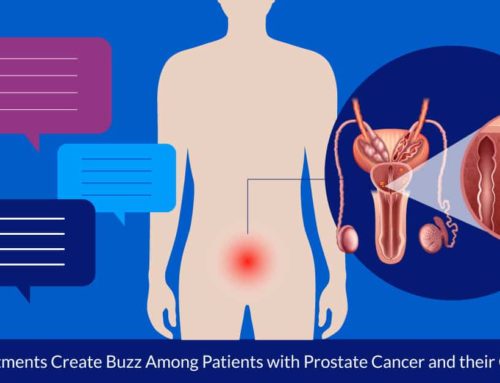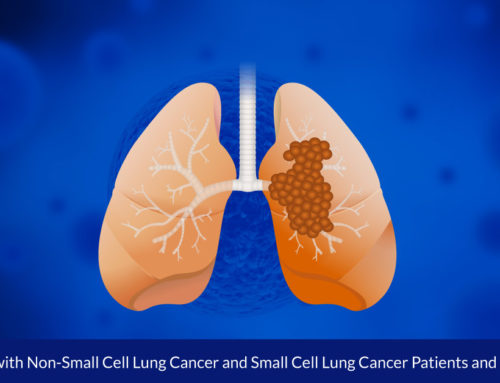Getting the Most from Clinical Trial Protocol Feasibility Studies
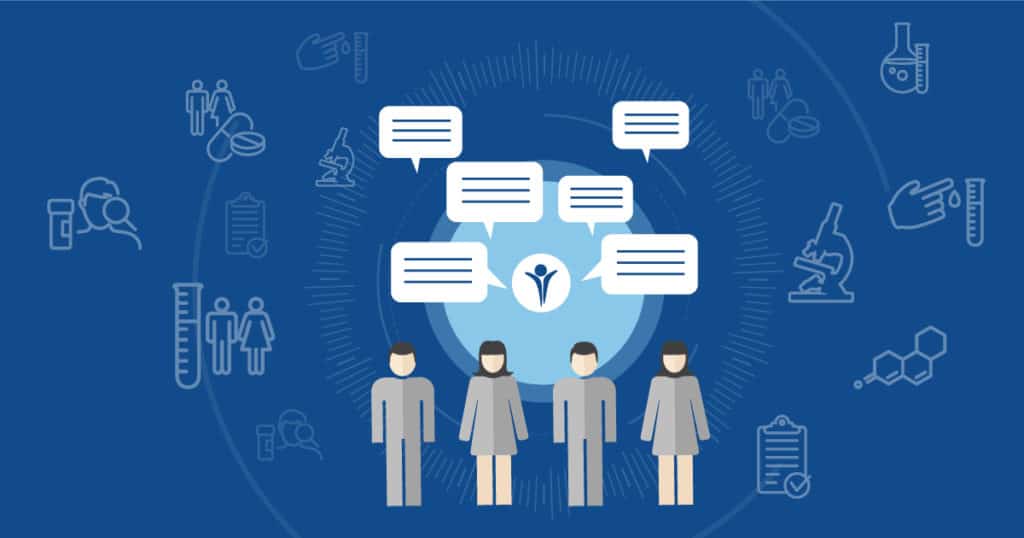
Webinar provides expert tips for getting real feasibility data, optimizing trial design
When the drug development process is at the point of moving to clinical trial, the next step is conducting a feasibility study. Stakeholders are all looking to hit the jackpot: figuring out the best place to conduct the clinical study, and identifying the design factors that result in maximum patient retention.
Recently, the topic of the WCG Institute’s podcast “Stump the Experts” was feasibility. It featured Diane Carozza and Danya Kaye, who talked with host Lauren Osmore about how stakeholders can set up feasibility studies to maximize the benefit from those two key variables.
Diane Carozza is the vice president of clinical strategic services at WCG, a 2000+ employee company that has been in business for over 50 years, providing various design and consulting services for those who perform clinical trials. Ms. Carozza is responsible for the oversight of the delivery of WCG’s predict and total feasibility services.
Danya Kaye is the director of business development for R&D and innovation at Inspire, the leader in real world patient engagement research. Unlike traditional marketing research firms, Inspire captures the authentic patient voice through their 1.7 million member community that represents over 3,000 medical conditions in 200 condition-specific groups.
To hear the one-hour webinar, go to Stump the Feasibility Experts.
Both speakers stressed that an effective feasibility study is based on data: Data supporting that a particular site genuinely has the expertise, capacity, and patient base to support the needs of the test, and real patient input on the burden of the proposed test on the subject. The feasibility study has to ask the right questions; their company’s respective expertise is in helping sponsors determine what those questions are, and getting actionable information from them.
For example, when the host asked, “What are the pros and cons of conducting blinded versus unblinded initial site feasibility?,” the answer is both — but it depends on whether the sponsor is evaluating operational feasibility or protocol feasibility.
Carozza of WCG said, “When we begin speaking with either the steering committee members or key opinion leaders or thought leaders that sponsors tend to work with going through the protocol feasibility process, my answer is 100% that the unblinded outreach yields the better results,” because “…we see a difference in months when we had those blinded outreach efforts versus the ones where the sponsor is identified.” She continued, “We just recently had an instance where we were able to begin and end a whole site feasibility outreach effort in a matter of two weeks and it was because we know that the sites were very interested in working with this sponsor that they know is doing very novel research in an area that is their area of expertise.”
In contrast, Kaye replied that blinded studies were better for protocol design questions when getting input from patients. “At Inspire, as an online social health network… we do a lot of protocol feasibility studies for sponsor clients, and from a protocol feasibility perspective, it’s kind of the opposite.” Blinded outreach is more effective at collecting “unbiased patient perceptions of a protocol design and how feasible that’s going to be from a patient perspective.” However, there are exceptions. “It makes sense to unblind it to understand where their perceptions are of your pharmaceutical organization versus some of the competitor trials.”
Want to prevent problems with site and patient burden? Start early. “There are clearly direct implications to site personnel based on the trial design itself,” said Carozza. “How complex are the procedures, how many visits are there, how many procedures within the visit…this all can be minimized through intelligent trial design during the protocol feasibility life cycle… that life cycle often gets minimized and… it’s the most important because if you get the appropriate feedback on the trial design, you’re going to know very early on just how burdensome this study is potentially to the sites and how that might be managed differently by a selection of alternate procedures where possible.”
As for patient burden, the worst time to realize there are enrollment, adherence, and retention problems is during the trial. Kaye said, “[T]he most important thing is building in that time upfront to be able to talk and engage with the patient community that you’re looking to reach, and then translating that from an operational standpoint. Some of the recommendations that we got for a particular lung cancer study was, for example, all participants wanted to know that they would be receiving the study drug and that there’d be no placebo in order for them to participate, and that they can continue on the study as long as the drug works. That was a critical component for them to enroll in a study and to want to continue and be retained.“
Kaye described other ways to support patient retention: “Sponsors can begin to think about how better to support sites in communicating patient concerns [or] offer lifestyle accommodations,” and emphasized that the time to “[bring] in those patient perspectives” is up front.
Both Inspire and WCG are involved in feasibility studies for drugs impacting rare diseases, and are well aware that creating clinical trials for rare diseases presents other challenges. “[W]hat I have come around to realize is that there’s actually more than one way to take a data driven approach. And when you consider things like ICD-9, ICD-10 codes, or MeSH terms, there are ways that you can look at perhaps the next level up in the data hierarchy to give you a perspective, or the next closest indication.” Carozza said. “So I kind of think of it both vertically and horizontally.” She added that you also have “to consider what aspects of the protocol are most relevant to compare to [others].”
Kaye said, “[F]rom a patient perspective, I think there’s a lot that can be learned…because really, there’s no other way to be successful. Every single rare disease patient is so hard to find that really engaging with the patient community up front becomes a crucial piece of the puzzle in terms of all of the decision making that happens in the trial planning process.”
The current trends in feasibility studies for clinical trials? Both speakers agree that feasibility studies are moving away from “guesses” to basing decisions on data from various sources. Carozza said, “[W]e’re all kind of moving through this new dance of learning how to work in the data world, in the feasibility process… [A]n important aspect of this is for sites to know that more and more, their qualification is being targeted based off of the historical performance metrics that may exist in a public forum… the site has to be prepared then to be able to show evidence through their access to their EHR or to their locally kept databases to inform that response [to the sponsor].”
At Inspire, “We’re really collecting a combination of qualitative and quantitative data,” said Kaye. The Inspire specialists analyze sources including web surveys, interviews, virtual advisory boards made up of patients invited from Inspire’s community, and social media communications. “The methodology that we recommend will vary based on the business objective… [but the] overall objective is to help you, as a sponsor, proactively uncover or avoid and address predictable patient driven challenges at very significant key points along the trial life cycle… [It’s the] data that’s really going to help elevate that patient caregiver voice into trial planning process.”
Is it worth it? A 2017 study1 assessing the financial value of taking measures “with the potential to avoid protocol amendments and/or improve enrollment, adherence, and retention,” such as those described by Carozza and Kaye — direct interactions with prospective site staff and patients — “…may add considerable financial value” to the expected net present value (ENPV) — which is “an overall metric for project strategy that integrates the key business drivers of cost, time, revenue, and risk.” Identifying and designing out potential problems during feasibility eases the eventual clinical trial, and that translates to reduced time, risk, and investment.
Inspire offers a trusted community to patients and caregivers. Our goal with this blog, this website and our content is to provide the life science industry access to the true, authentic patient voice. In so doing, we support faithful operationalization of patient-centricity. Take a look at our case studies, eBooks and news outlet coverage.
References
1 Levitan B, Getz K, Eisenstein EL, et al. “Assessing the Financial Value of Patient Engagement: A Quantitative Approach from CTTI’s Patient Groups and Clinical Trials Project.” July 17, 2017. https://doi.org/10.1177/2168479017716715

